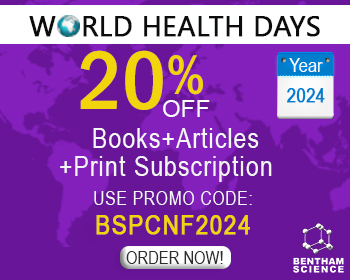Abstract
Indiscriminate use of antibiotics has led to a rapid increase of antibiotic resistance among microbes which has increased the need to develop novel antimicrobial agents to fight various infectious diseases. Peptide antibiotics signify a novel class of therapeutic agents and have been isolated from a wide variety of multi-cellular organisms. Peptide antibiotics have shown broad-spectrum antimicrobial activity and they not only kill different bacteria, but also kill various fungi, parasites, protozoans and cancerous cells. Peptides bear several properties that make them particularly attractive such as their small size, rapid activity and a low chance for development of resistance. Because of these distinct properties, the focus for research on antimicrobial peptides has increased tremendously in the recent years. Despite their potential, only selected cationic antimicrobial peptides have been able to enter in clinical trials. Therefore, there is a pressing need to develop new approaches to identify novel antimicrobial peptide therapeutics replacing conventional antibiotics. Recent findings strongly suggest that one can design a new generation of antimicrobials peptides with a wide range of systemic and topical applications against bacterial infections. In this review, we focus on the identification and design of novel antimicrobial peptides for therapeutic applications based on different approaches and strategies. This review also highlights some recent advances in the study of the molecular basis of anti-microbial activity in these peptides, their current pharmacological and clinical development and future directions and applications.
Keywords: Antimicrobial activity, antibiotic resistance, cathelicidin derived antimicrobial peptides, designed antimicrobial peptides, membrane permeabilization, toxicity, Antimicrobial peptides, DNA synthesis, life-threatening infections, biodegradabilit

























